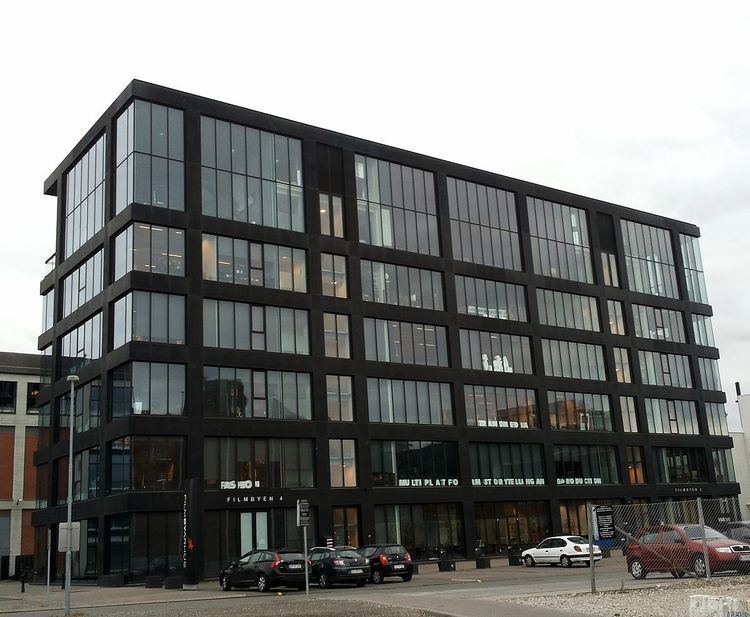Established 1991 Number of students 100 | Administrative staff 16 Website www.kaospilot.dk Founded 1991 | |
 | ||
Principal Christer Windeløv-Lidzélius Similar IT University of Copen, Jutland Art Academy, Aarhus School of Architecture, Business Academy Aarhus, VIA University College Profiles | ||
Kaospilot creative leadership christer windel v lidz lius and david storkholm at tedxrva 2013
Kaospilot (lit.: Chaos Pilot) is an alternative business school located in Aarhus, Denmark, right at the harbor. Kaospilot is an international education which yearly accepts 35-37 national and international students, with a minimum age of 21. It was founded by Uffe Elbæk in 1991 and today is funded by the European Union and student fees. Kaospilot programs teach in the fields of leadership, business design, process design and project design. The educational philosophy focuses on personal development, value-based entrepreneurship, creativity and social innovation. The Kaospilot program was nominated by Business Week in 2007 as a top Design School and has inspired schools in Australia, Norway, Sweden, Denmark and The Netherlands.
Contents
- Kaospilot creative leadership christer windel v lidz lius and david storkholm at tedxrva 2013
- What are the kaospilots
- Programme
- References
The education was in Danish until August 2005 as the students were mainly from the Scandinavian countries. Now the official language at Kaospilot is in English, the most commonly spoken secondary language in the region.
In the summer of 2013 the Kaospilot school moved from their old address in Mejlgade to the neighborhood Filmbyen.
What are the kaospilots
Programme
The Kaospilot curriculum is approved by EQUIS, AACSB and AMBA accredited Aarhus BSS, Aarhus University. The programme takes 3 years, divided into phases in place of classes or subjects. The approach is team based with teams starting, studying and graduating together and every year the school accepts around 37 students who together constitute a team.
The curriculum is divided in four disciplines: Creative Business Design, Creative Leadership Design, Creative Project Design and Creative Process Design with each discipline divided into sub-components. The pedagogical platform relies on opportunity-based-pedagogy (i.e. to see, understand, create and act upon opportunities) and is rooted in many different approaches such as reflection over action, appreciative inquiry, systems thinking, positive psychology action learning, coaching and mentoring.
